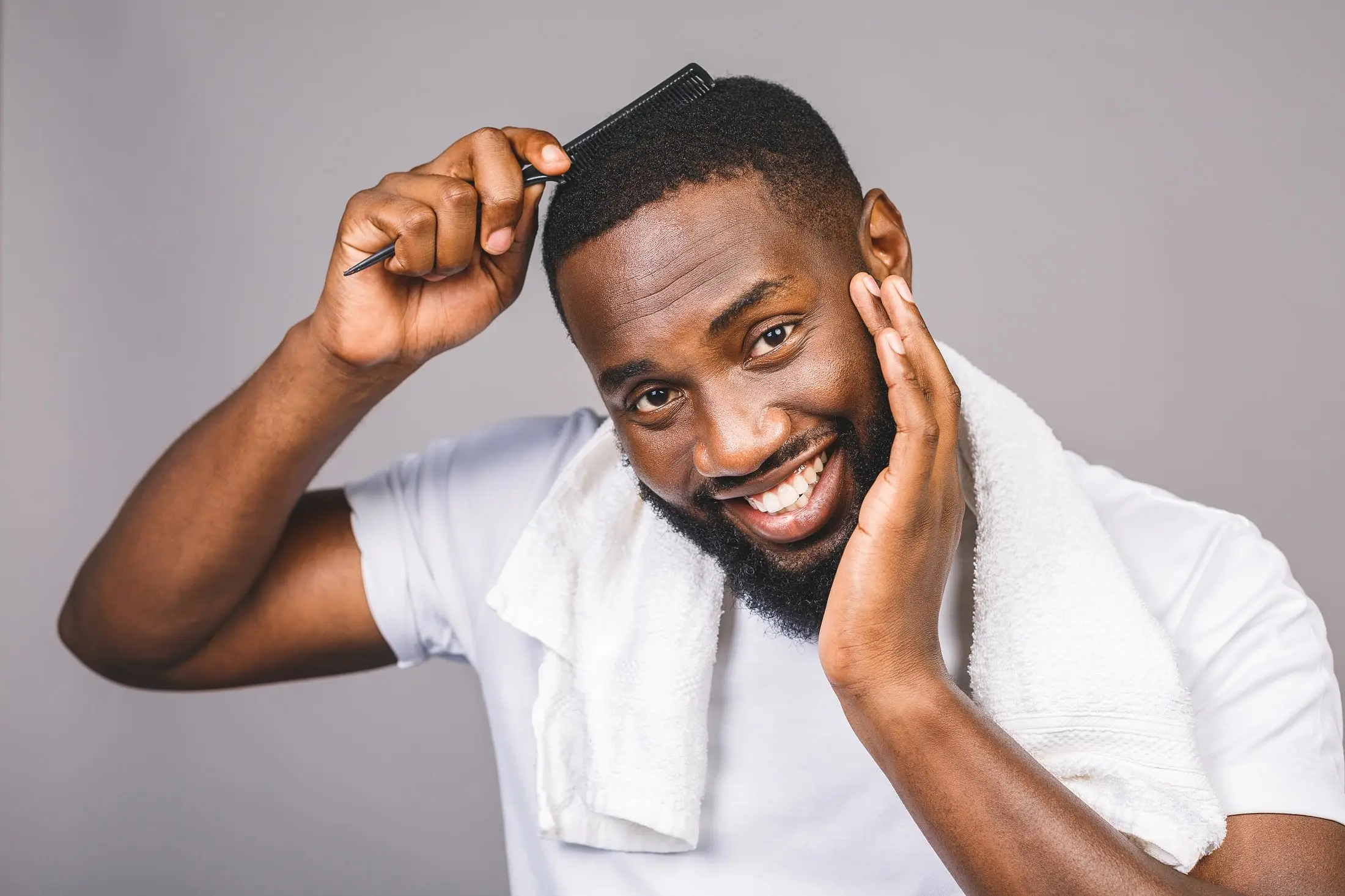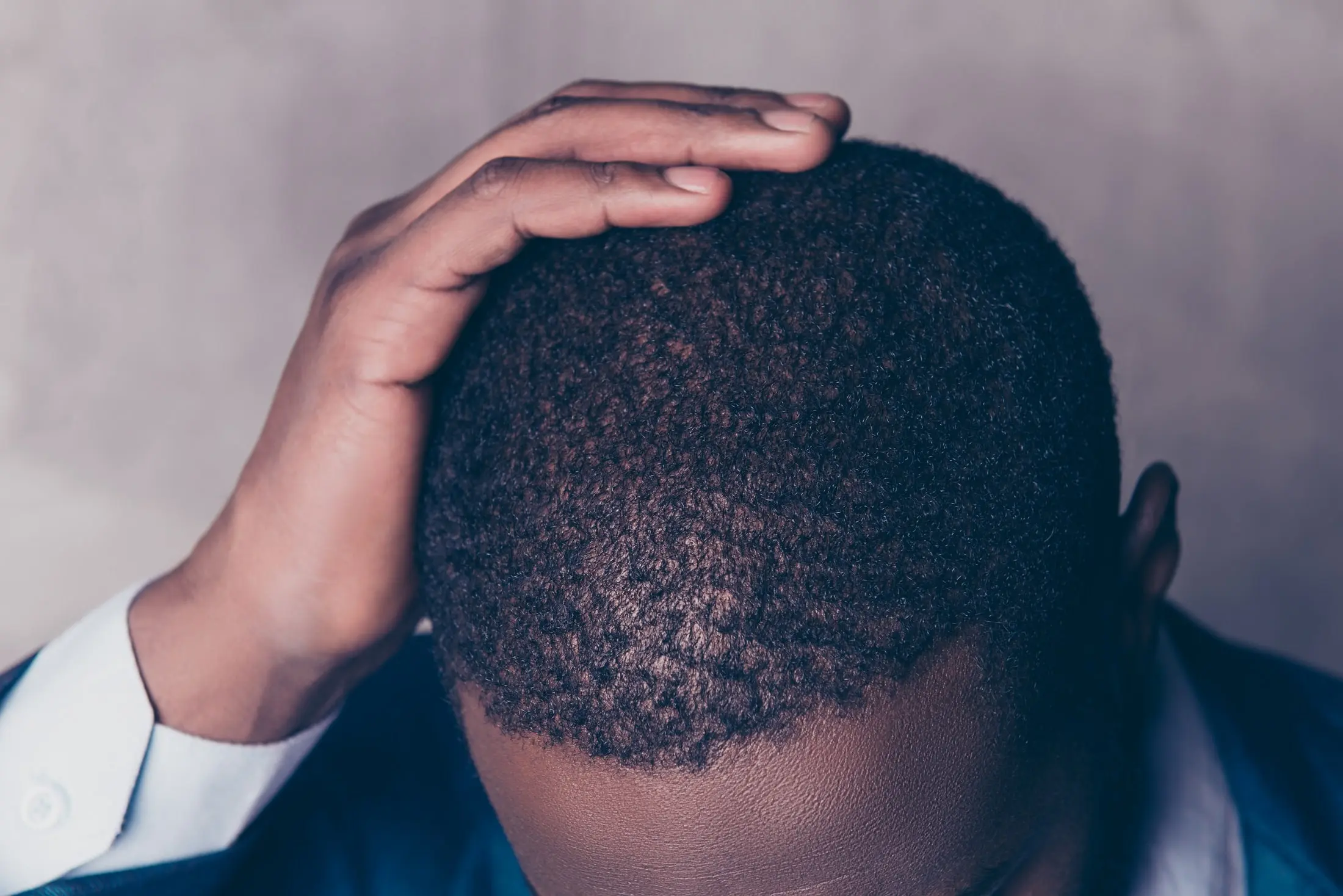Afro Hair Transplant
The only therapy option for those with Afro or curly hair is a hair transplant. The structural variety of this type of hair requires a skillful hand. In addition, a comprehensive understanding of how to apply different hair transplant techniques to different hair types is essential. Each graft in this hair kind is positioned at a different angle.
The study of curly hair is one of the procedure’s most crucial components. The results of this study indicate that specialists should consider multiple aspects, including scalp and planting angle. The precise estimation of the amount of grafts is an additional vital component. It could be more difficult depending on the patient’s needs, especially if they have curly hair. Extraction due of the depth and quality of the graft. In addition, it is essential since there is a high risk of graft loss and harm during treatment.
A comprehensive analysis of the patient’s hair type must precede any hair transplants. It is essential to completely comprehend the relationship between race and hair type. Due to the fact that each ethnic characteristic deserves to have its needs met with the utmost respect and care during surgery, this is done to achieve excellent results.

Consequently, everything from the use of specialist tools suitable for hair structure to the surgeon’s skill and aesthetic taste must be considered. It has a substantial effect on the efficacy of transplantation. Since African hair follicles are thick and curly, they are better protected than other hair follicles. This means that there is a significantly greater chance of being able to deliver additional density without compromising the donor area’s coverage.
The Basics of Afro Hair
Afro men usually wear their hairline in a straighter line than white men do. Compared to other ethnicities, their front lines are far less zigzag. Under these conditions, angle positioning becomes even more important. To get a natural yet neat appearance with afro hair transplant, it is essential to retain the natural angle of the existing hair.
Although various textures of afro-style hair, such as looser curls, tighter curls, more delicate curls, and ring curls, require a larger classification, this type of hair requires a very specialized approach. Additionally, afro hair transplant tends to be naturally drier. Therefore, it necessitates additional moisture and sebum, an oil produced by the scalp to prevent the hair from being dehydrated. This sebum cannot circulate via the tightly curled structure of Afro hair.
Despite external differences, Afro-textured hair is biochemically identical to all other hair kinds. It is comprised of the protein keratin and has an exterior cuticle layer. It is contained within the hair follicle by connective solid tissue linkages.
Afro Hair Placement Techniques
Regarding afro hair transplantation, two techniques are effective.
A qualified surgeon extracted the grafts using FUE and put them into the prepared canals. These follicular units, which comprise the fatty tissue around the hair follicles, are collectively referred to as grafts. These units are exchanged to achieve the most natural-looking result with the least amount of danger.

FUT is an alternative method for treating Afro-textured hair, in contrast to the safety of FUE.
Roots of Afro-type hair are often more tightly curled. This makes it difficult to remove without harming the transplant or neighboring follicles. Due to this, several clinics provide the FUT method exclusively for this hair type. In addition, black skin is more susceptible to keloid scarring, which causes subcutaneous bumps. This is vital information that both the patient and physician should consider before to the operation. However, with the proper care and function, afro hair transplants are able to produce results that are extraordinarily thick and well-shaped, and they are likely to give outstanding results.
 English
English German
German Portugal
Portugal French
French Turkey
Turkey Espanol
Espanol Bulgaria
Bulgaria Italy
Italy Russian
Russian





